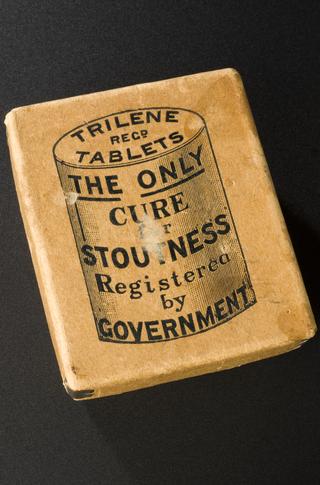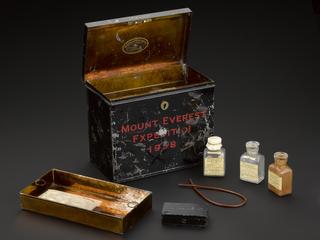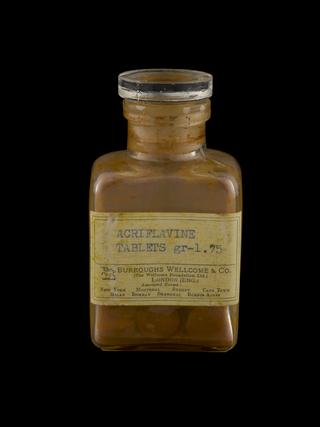

Specimens of cinchona succirubra bark, from Darjeeling, India, cased, from first consignment on open market, Howard collection, dated 1870
Samples from the first batch of cinchona bark grown in Darjeeling, India, and shipped to and sold in London are represented here. The bark, native to South America, was cultivated throughout the world, especially in the British Empire. Cinchona was grown for quinine, used in the prevention and treatment of malaria.
The case was collected from the Howard Collection and displayed at a Wellcome exhibition in 1930, which celebrated the 300-year anniversary of the therapeutic uses of cinchona bark.
The collection belonged to John Elliot Howard (1807-83). His father, Luke Howard, had established the first British factory to produce quinine in Stratford, east London, in 1823.
Details
- Category:
- Materia Medica & Pharmacology
- Collection:
- Sir Henry Wellcome's Museum Collection
- Object Number:
- A654760
- Materials:
- case, wood, case, glass and contents, bark
- Measurements:
-
overall: 322 mm x 525 mm x 50 mm, 2.33kg
- type:
- sample
- credit:
- Howards

